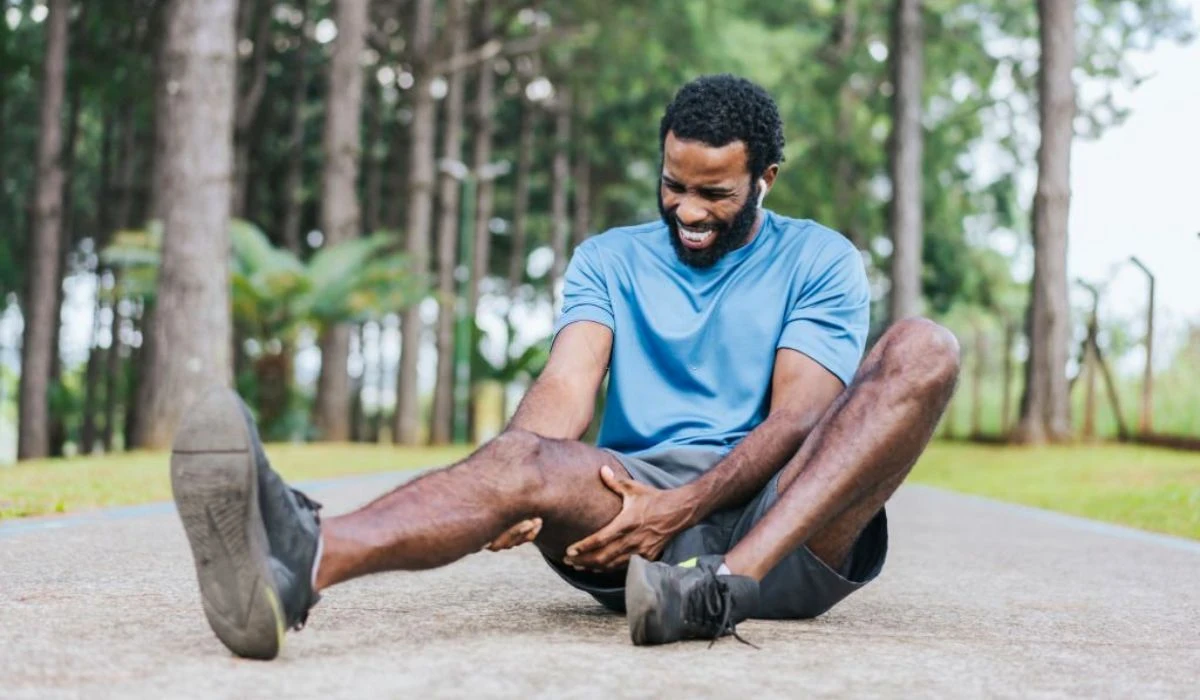Sportsmen-cum- Athletes must have, at some point in their career, experienced hamstring injuries and the terrible pain associated with them. Innumerable visits to a chiropractor or an orthopedist would not have provided that intended relief other than being recommended complete bed rest and staying on those bulky compression dressings all day long till attaining maximum recovery.
Whether those resting times prescribed have or have not provided any actual relief, the need to become active again after a period of rest is more painful than doing light exercises to keep moving despite the injury and pain caused to the concerned muscles. These facts have instilled the need to consider physical therapy for attaining the desired amount of relief or recovery from hamstring injuries due to sports-related activities.
Hamstring Injuries And Their Causes
To explain what indeed causes a hamstring muscle injury, this refers to the straining or pulling of the three muscles involved, namely the semitendinosus, semimembranosus, and biceps femoris muscles. Needless to say, this type of injury is highly common with athletes, especially those who are involved in high-impact sports such as basketball, football, soccer, and tennis. Movements, such as sprinting, can include sudden stops and starts.
Since these engage the leg muscles more, their likelihood of straining the rear muscles of the legs, especially the hamstrings, is high. It would be worth noting here that marathon runners are easily vulnerable to developing microtears due to the excessive straining of their hamstring muscles. Over time, this strain can transform into scar tissue, further resulting in chronic stiffness and discomfort.
It has been deemed highly appropriate for athletes, specifically those involved in running-related high-impact sports activities, to learn to deal with hamstring muscle injuries. Doing so will not only help them to effectively cope with such painful injuries but also attain full recovery and relief by resorting to treatment options that exclusively work on strengthening their weak muscles, especially those caused by overuse.
Also Check: The Role Of Physical Therapy In Sports Injury Recovery
Treatments To Help Athletes Recover From Hamstring Injuries
Among all the existing treatment options, including medications, chiropractic, ointments, rest, and compression bandages, physical therapy has been considered highly applicable because of its effectiveness in helping athletes relieve excess muscle tension.
The therapeutic effects of physical therapy can be seen in the efficiency of the physicians specializing in this stream of treatment. Ideally, it involves strengthening the affected muscles in hopes of reducing the strain caused.
Physical Therapy For Athletes To Relieve Or Recover From Hamstring Strain
Regardless of whether one has sustained a hamstring tear or strain, the physical therapist may provide appropriate treatment. Note that the prime objective is to help one get back to their normal (and improved) range of motion, strength, and functional mobility.
Treatment, however, depends on the grade of muscle tear one has developed, namely Grade 1 (overstretched muscles), Grade 2 (partial tearing of the hamstring muscles), and Grade 3 (full-thickness tearing of the muscle tissue). Therapy usually begins with an evaluation, which usually includes the following:
- History: The physical therapist will track the health history apart from discussing the injury sustained. One needs to provide accurate information related to the injury occurrence and associated symptoms. Depending on the severity of the presentation, treatment may vary. Sometimes, no therapy will be provided because situations may warrant a more extensive workup from a healthcare provider or an orthopedist.
- Palpation: The concerned therapist may touch or palpate the hamstring muscle and surrounding tissue.
- Measuring ROM and Flexibility: The range of motion of the knee and hip will be measured. Hamstring strains are likely to limit the range of motion and flexibility around the muscles and joints.
- Strength Measurements: These involve testing the hamstring muscles and surrounding joints.
- Functional Mobility Measurements and Observations: Here, the extent to which hamstring pain limits one’s mobility will be assessed. The therapist checks for normal activities like walking, running, climbing stairs, and jumping with the concerned person.
- Balance: One’s balance due to the hamstring strain will likely be affected, and this is another decisive factor in judging the impact of the injury on the concerned muscles.
The treatment phase in physical therapy includes the following:
- Ultrasound: Involves deep heating treatment to help improve circulation and the extensibility of the injured muscles and tissues.
- Massage: To improve scar tissue mobility by massaging the affected muscles.
- Kinesiology Taping: This is sometimes utilized to help improve the functionality of the affected hamstrings and also to get relief from the bruising and swelling associated with the injury.
- Gait Training: Assisted devices such as crutches are advised in this type of treatment to help return to normal walking and gait. This happens in the case of a severe hamstring injury.
- Ice: This is typically utilized in the acute phase and helps with the swelling caused, as well as decreases the pain.
- Heat: Use of moist heat packs to relax the hamstring muscles, as well as to improve tissue extensibility and stretching.
Read More: Managing Shin Splints Through Physical Therapy: How Physical Therapy Can Help?
Conclusion
The evaluation and treatment sessions involved in physical therapy to treat hamstring injuries in athletes will hopefully bring the needed relief and extent of recovery, provided that this is carried out by an expert physical therapist.
Based on the objectives mentioned above, namely to improve the range of motion, functionality, and strength of the affected muscles, physical therapy for hamstring injuries should provide expected outcomes, unless otherwise stated.
